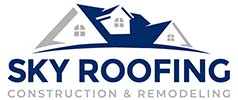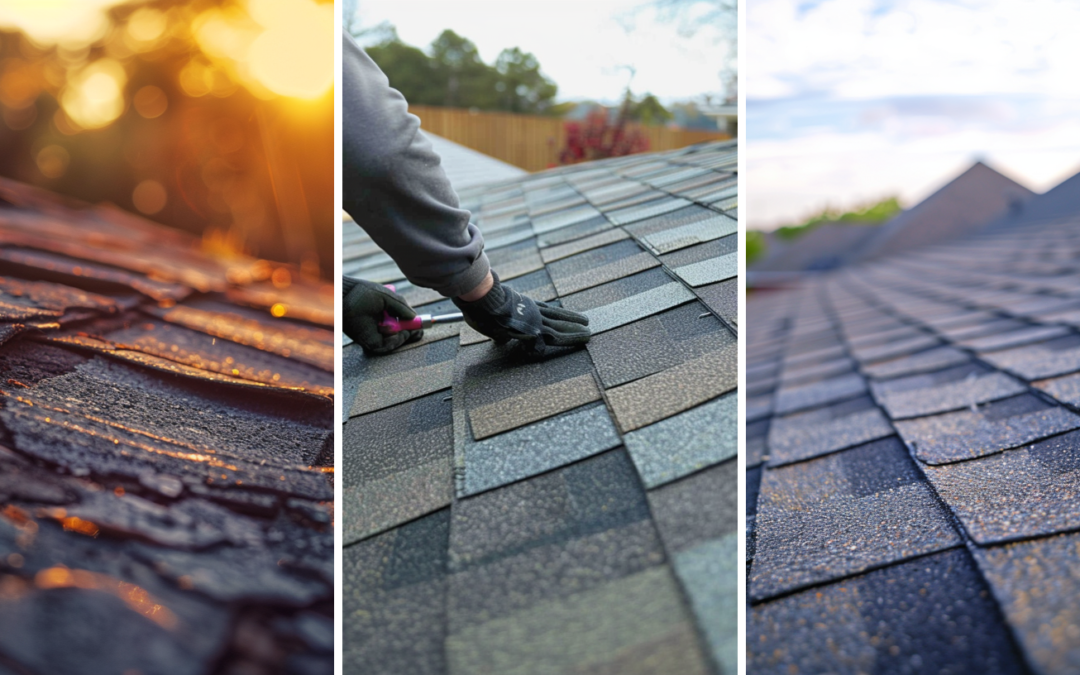The Basics of Roofing Repair
The importance and necessity of roofing repair services cannot be overstated. Roofs are constantly exposed to harsh weather conditions, such as rain, wind, snow, or extreme heat. These elements can gradually deteriorate the roof’s integrity, leading to potential problems. Ignoring minor issues can result in more significant damages, affecting the overall safety, structure, and efficiency of the building or home.
Roof repair enhances a property’s aesthetics and ensures its longevity and durability. Regular maintenance and repairs prevent leaks, water damage, and costly replacements. By addressing potential problems promptly, homeowners and building owners can avoid more extensive and expensive repairs in the future.
Engaging the services of a professional roofing contractor for repair work is crucial. These experts possess the knowledge, skills, and tools to accurately assess the roof’s condition and provide the most suitable solutions. Moreover, they adhere to strict safety guidelines to ensure the repair work is conducted safely and efficiently.
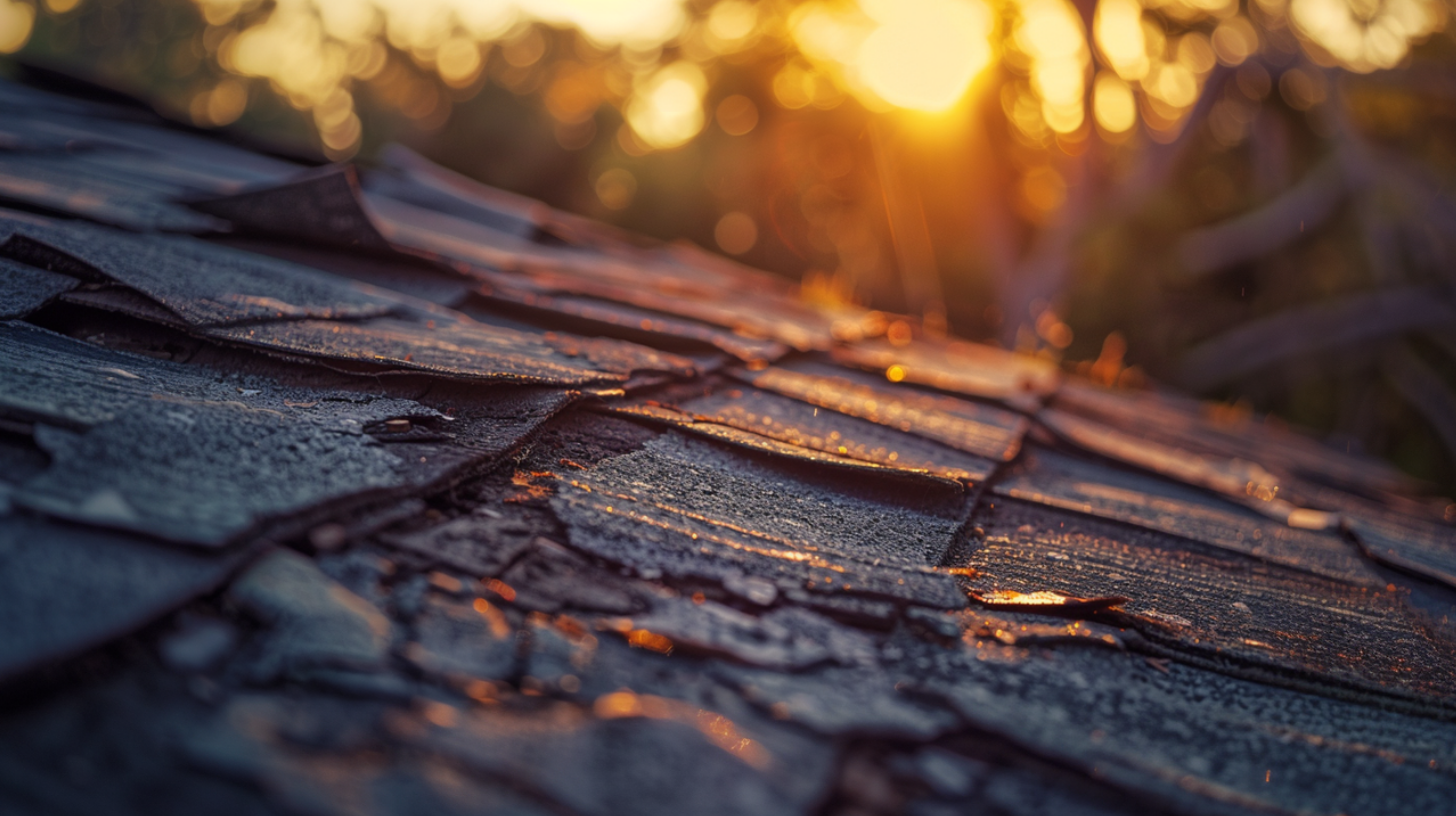
Repair - Common Roofing Issues - Sky Roofing Construction & Remodeling
Common Roofing Issues Requiring Repair
Leaks and Water Damage
Leaks and water damage are common issues for residential and commercial building owners. They can occur for various reasons, such as aging roofs, clogged gutters, improper installation, or severe weather conditions.
If left unaddressed, roof leaks can lead to severe consequences. The primary concern is the structural damage they can cause to the building. Continuous exposure to water weakens the roof structure, leading to rotting, mold growth, and decay. This can compromise the integrity of the building, posing safety risks to its occupants.
Furthermore, water damage can extend beyond the roof itself. Leaks can seep into the walls, ceilings, and insulation, resulting in expensive repairs and replacements. Additionally, water can damage valuable belongings, furniture, and electronics, causing further financial losses.
Homeowners and building owners must take proactive measures to prevent these potential damages. Regular roof inspections and maintenance can detect and address minor issues before they escalate into significant leaks. Clearing gutters, repairing damaged shingles, and implementing proper waterproofing measures can also help prevent water intrusion.
Addressing roof leaks and water damage promptly is essential for preserving a building’s structure and protecting its contents. By taking proactive measures and seeking a reliable roofing contractor for repair, home and building owners can avoid costly repairs and ensure the longevity of their properties.
Missing or Damaged Shingles
Missing or damaged shingles on your roof may seem like a minor issue, but if not addressed promptly, it can lead to more significant problems, such as leaks and water damage. Here are the steps to address missing or damaged shingles:
1. Examine the extent of the damage: Carefully inspect your roof to identify areas with missing or damaged shingles. Note the number of shingles that need to be replaced.
2. Identify the replacement shingles: If only a few are affected, you may be able to replace them individually. Check if any leftover shingles from the original installation match the existing ones. If you need help, consult a professional to find the closest match.
3. Replace the shingles individually: Carefully remove the damaged shingles using the appropriate tools. Clean the area and apply roofing cement to secure the new shingle. Align it correctly with the surrounding shingles to ensure a seamless appearance.
4. Consider professional help for significant damage: In case of substantial damage or a large number of missing shingles, hiring a professional for a full roof replacement is advisable. They have the expertise and equipment to handle such situations efficiently and can ensure the roof’s overall integrity.
By examining, identifying, and replacing missing or damaged shingles, you can prevent further issues and extend the lifespan of your roof. Feel free to seek professional assistance to ensure the best results and peace of mind for home and building owners.
Cracked or Worn Flashing
Several essential steps need to be followed to address cracked or worn flashing. First, any shingles or siding above the damaged flashing should be carefully removed to access it. Next, the old flashing needs to be replaced with new, high-quality flashing materials that will provide a reliable barrier against water penetration. Finally, the new flashing must be securely nailed to guarantee its effectiveness.
Roof Ventilation Problem
Improper roof ventilation can lead to heat build-up within the building. This can be especially problematic during hot summer months, as it can cause discomfort and increase cooling costs. Additionally, moisture accumulation can occur, resulting in mold growth and potential water damage. These issues can compromise the roof’s structural integrity and the building’s overall health.
Inadequate ventilation also affects energy efficiency. Without proper airflow, a building may struggle to regulate temperature effectively, increasing energy costs. Additionally, the lack of ventilation can accelerate roof deterioration, significantly shortening its lifespan and necessitating costly repairs or replacement.
On the other hand, proper roof ventilation has numerous benefits. Adequate airflow can extend the roof’s lifespan by reducing excessive heat and moisture damage. It can also improve indoor air quality by reducing the build-up of allergens and pollutants. Moreover, proper ventilation can help regulate temperature, reduce cooling costs, and make the building more energy-efficient.
Sagging Roof Deck
Water damage is one of the common culprits behind a sagging roof deck. When water seeps into the roof and attic, it can weaken the wooden support beams, causing them to warp or rot over time. Excessive weight, such as heavy snow accumulation or improperly installed equipment, can also stress the roof deck, leading to its sagging.
Several potential remedies can be considered to address a sagging roof deck. Reinforcing the support beams can provide additional strength to the roof deck. This can involve adding additional supports or braces to distribute the weight more evenly. Replacing damaged sections of the roof deck can help restore its structural integrity.
Signs Your Roof Needs Repair
Visible Damage or Wear
Cracked or broken shingles, whether they are asphalt, tile, or wood, are also visible signs of roof deterioration. These cracks can occur due to age, weather exposure, or physical impact. Additionally, dented or perforated roofing components, often caused by falling debris or hail, can compromise the roof’s integrity.
Furthermore, rusted metal shingles or panels are another visible damage requiring repair. Rust can weaken the roof’s structure and lead to further issues, such as leaks or reduced durability.
Recognizing these visible signs of damage and wear is crucial for homeowners and building owners to address their roofing needs promptly. Professional repair services can offer numerous benefits, such as protecting the overall structural integrity of the building, preventing further damage, and prolonging the roof’s lifespan. By addressing the visible damage promptly, home and building owners can ensure a safer and more durable roofing system.
Water Stains on Ceilings or Walls
Potential areas where water can seep include chimneys, windows, corner boards, and siding cracks. Once the source is identified, the necessary repair work can begin. Replacing rusty flashing with new flashing around chimneys is one important step in preventing further leaks.
Another step is to caulk the areas between corner boards and siding, ensuring a tight seal that prevents water from seeping through. Finally, replacing cracked or rotted siding can also help address water stains.
By addressing the source of the leak and fixing it, homeowners and building owners can effectively eliminate water stains on ceilings or walls. Regular inspections and maintenance of the roof and the areas mentioned can help prevent future leaks and save on costly repairs. With these necessary steps, water stains can become a thing of the past, providing peace of mind to property owners.
Higher Energy Bills
Firstly, a damaged roof may have leaks, allowing air to escape from the building. This leads to heat loss during colder months and cool air loss during hotter months, causing the heating and cooling systems to work harder and consume more energy to maintain a comfortable indoor temperature.
Additionally, a damaged roof may have poor insulation. Insulation is crucial in preventing heat transfer in and out of the building. Without proper insulation, the HVAC system has to compensate by running longer and using more energy to regulate the temperature.
Homeowners and building owners can reduce energy bills by addressing these issues through professional roof repair. A comprehensive repair job will identify and fix leaks, ensuring air doesn’t escape through the roof. Moreover, it will include proper insulation installation or replacement, enhancing the building’s energy efficiency.
Mold or Mildew Growth
The most common cause of mold or mildew growth is excessive moisture. Leaky roofs, damaged gutters, or poor ventilation are potential sources of moisture that can lead to mold growth. Additionally, high humidity levels in the environment can create an ideal breeding ground for mold or mildew.
Mold or mildew can damage a building’s structural integrity and pose health risks. Exposure to mold or mildew spores can cause allergic reactions, respiratory problems, and even skin irritation. Individuals with underlying health conditions may be more susceptible to these effects.
Recognizing the signs of mold or mildew presence is crucial. Discoloration is a common indicator, such as black or green patches on walls or ceilings. A musty odor may also indicate mold or mildew growth. Furthermore, respiratory symptoms like coughing, sneezing, or difficulty breathing should not be overlooked.
Preventing mold or mildew growth involves addressing underlying moisture issues. Regular inspections and repairs of roofs, gutters, and ventilation systems help eliminate moisture sources. Maintaining proper humidity levels, using dehumidifiers, and ensuring adequate airflow are effective preventive measures.
When mold or mildew growth is already present, removing it promptly and safely is essential. Professional remediation services can provide effective techniques for removal, such as proper containment, thorough cleaning, and disinfection.
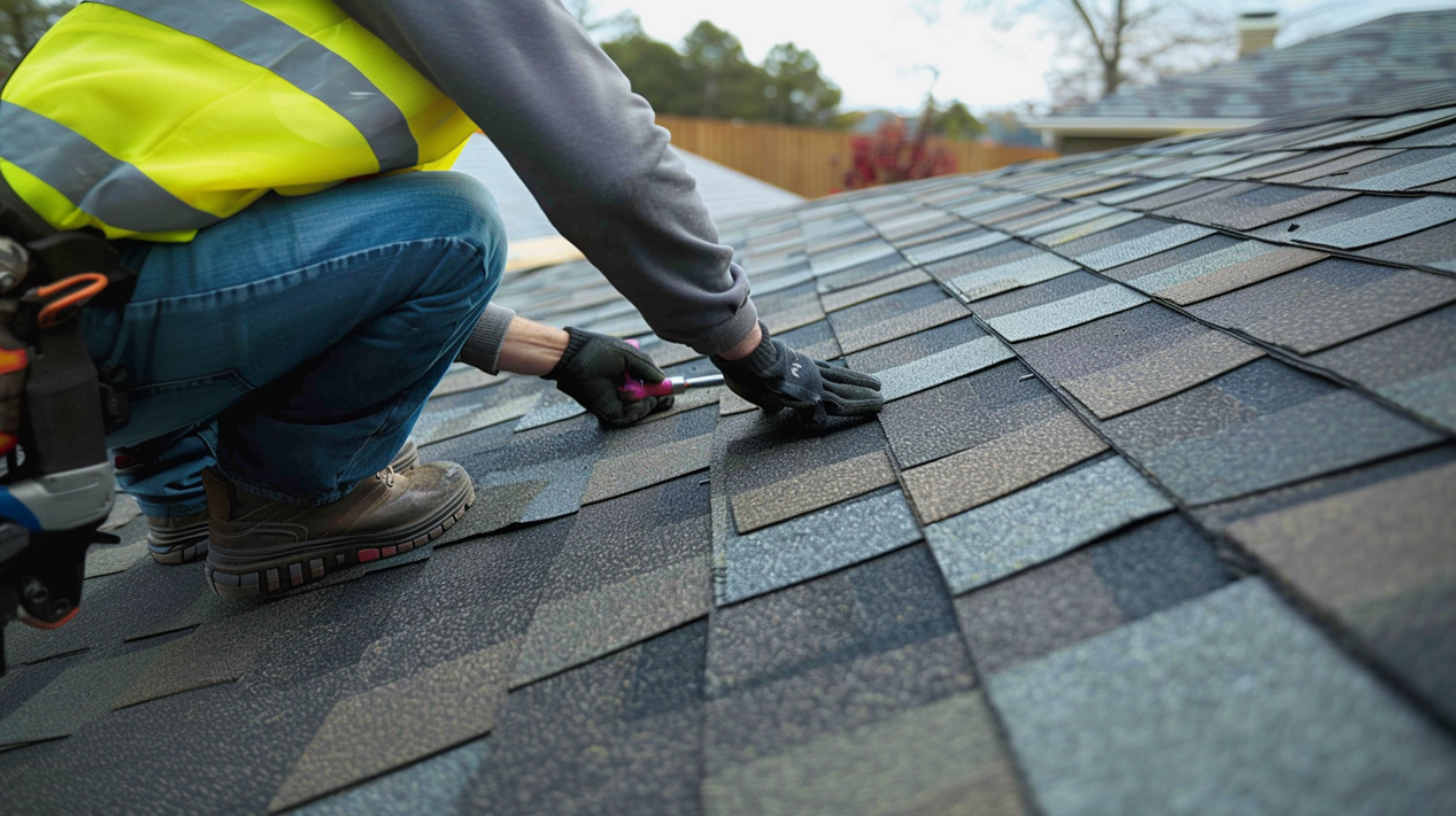
Repair - Roof Repair Process - Sky Roofing Construction & Remodeling
The Roof Repair Process
The roof repair process involves several important steps to ensure the necessary repairs are conducted efficiently and effectively. Here is a step-by-step guide to the roof repair process:
1. Roof Inspection: The process begins with a thorough inspection of the roof to identify the extent of the damage and determine the type of repair required.
2. Working with Insurance Companies: If the damage is covered by insurance, the roofing contractor will work with the insurance company to file a claim and obtain approval for the necessary repairs.
3. Obtaining Building Permits: In some cases, it may be necessary to obtain a building permit before proceeding with the repairs. The contractor will handle all the necessary paperwork and ensure that the permits are obtained.
4. Preparing Home for Repairs: Before the repair work can begin, the contractor will prepare the home for the repairs. This may include moving furniture or belongings, covering sensitive areas, and ensuring that the area is safe for workers.
5. Performing Repair Work: Repair can begin once the preparations are complete. This may involve replacing damaged shingles, repairing leaks, reinforcing weak spots, or other necessary repairs.
6. Cleaning Up: After the repairs, the contractor will clean up the work area, including removing debris or leftover materials. The goal is to leave the home in the same condition as before the repairs, or even better.
By following this step-by-step process, homeowners can ensure that their roof repairs are handled professionally and efficiently, providing long-lasting results and peace of mind for the future.
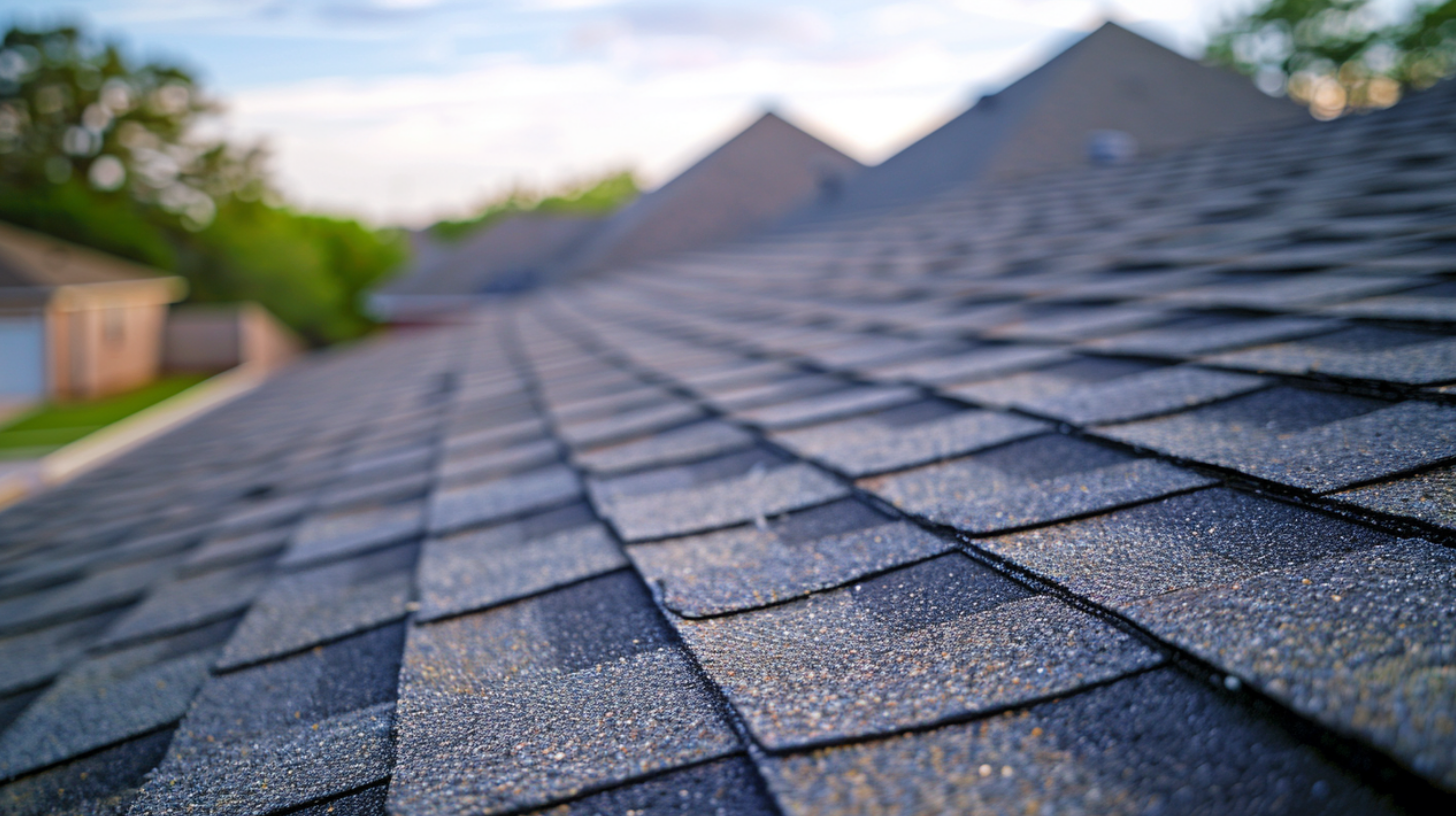
Repair - Benefits of Timely Roof Repairs - Sky Roofing Construction & Remodeling
Benefits of Timely Roof Repairs
By promptly addressing minor repairs, homeowners can avoid more extensive and costly problems. Additionally, timely maintenance can extend the lifespan of the roof and the entire building. On average, roofs are expected to last between 20 and 30 years. However, neglecting repairs can significantly shorten their lifespan, leading to extensive damage.
Cost factors also come into play when considering the benefits of timely roof repairs. Ignoring a minor issue can escalate into a significant problem requiring extensive repairs or a complete roof replacement. The cost of repairing a small leak or replacing a few damaged shingles is far less than the expense of an entire roof renovation.
Preventive Maintenance Tips to Avoid Future Repairs
Maintaining a well-functioning roof is vital for the longevity and protection of any home or building. By implementing preventive maintenance measures, homeowners can avoid costly repairs in the future. Here are some essential tips to consider:
- Regular ground-level inspections: Regular inspections can help identify potential issues before they escalate. Take the time to inspect the roof from the ground, looking for loose or damaged shingles, sagging areas, or signs of water leakage. Even minor damage can lead to severe damage if not addressed promptly.
- Gutter cleaning: Regular gutter cleaning is essential to ensure proper water drainage from the roof. Clogged gutters can cause water to back up and lead to leaks or water damage to the ceiling and walls.
- Check homeowners insurance coverage: It’s essential to review your homeowner’s insurance policy to determine if it covers roof repairs. Knowing your coverage can save you from unexpected financial burdens in the event of damage.
- Schedule repairs outside the busy season: Avoid the hassle and potentially higher costs by scheduling roof repairs during the off-peak season. During busy periods, it might be challenging to book a roofing professional, and prices may be higher due to high demand.
- Opt for energy-efficient materials: When repairing your roof, consider using energy-efficient materials. These materials can help reduce energy consumption and lower utility bills over time.
- Obtain multiple estimates: Getting multiple estimates before hiring a roofing company is crucial. This allows you to compare prices, services, and warranties, ensuring you make an informed decision.
By following these preventive maintenance tips, homeowners can effectively avoid future roof repairs, saving them time and money in the long run.
Preserve Your Roof with Expert Repair Services from Sky Roofing Construction & Remodeling
Repair is essential for maintaining the integrity and longevity of your home or building. By addressing issues promptly, you can prevent more extensive damages and protect your investment. Whether you’ve noticed leaks or damaged shingles or suspect any other issue, Sky Roofing Construction & Remodeling (skyroofingconstructiontx.com) is here to help. Contact us today to schedule a roofing consultation at (210) 942-9797, and let our experts ensure your roof remains in top condition.
Willis Vachon is a seasoned contributing writer for Sky Roofing Construction & Remodeling, specializing in the technical and safety aspects of roofing construction. With a keen eye for detail and a passion for ensuring quality and safety in every project, Willis provides valuable insights that help both professionals and homeowners make informed decisions about their roofing needs.
